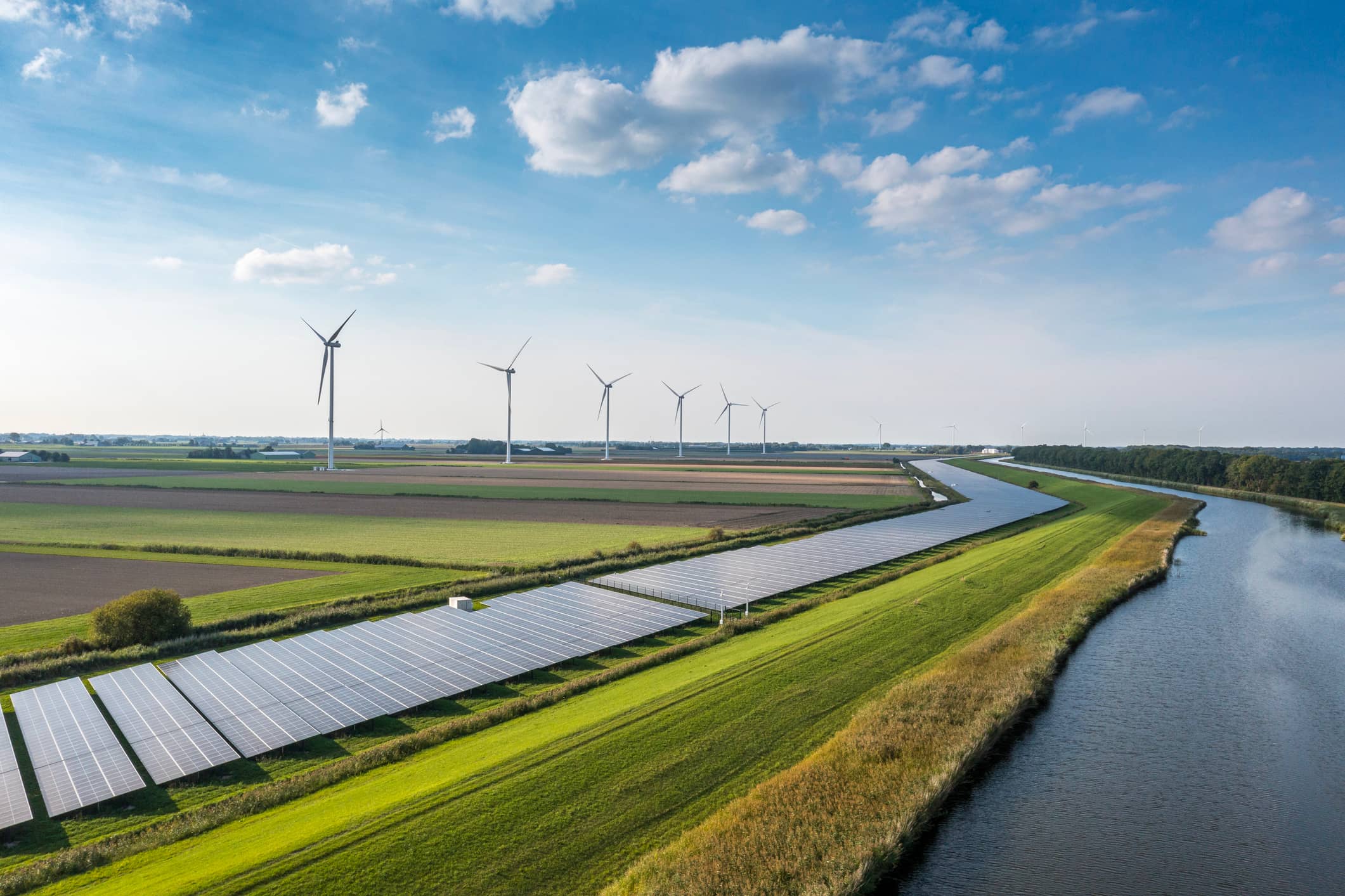
How the Inflation Reduction Act Is Extending and Expanding Solar Energy Tax Incentives
By Zachary Dech
Updates to the Solar Investment Tax Credit (ITC)
Among the Inflation Reduction Acts expansions to existing tax credit opportunities are those that promote the adoption of solar energy systems. The IRA extends the provisions of the Solar Investment Tax Credit (ITC) so residential homeowners who install designated solar energy systems between January 1, 2022, through the end of 2032, will receive a tax credit of 30% of the cost from their federal income taxes.
If owners owe less than that amount in federal taxes for the year they install their solar system, they can carry over any unused credit for as long as the ITC is in effect, January 1, 2032.
After 2032, the residential ITC will start to phase out to 26% in 2033, 22% in 2034, and will end in 2035 unless Congress renews the provisions. Its important to note that the IRAs Investment Tax Credit expansions are not retroactive for residential solar projects that were placed in service prior to 2022.
Previously, the Investment Tax Credit limited qualifying costs to only those used solely for energy producing equipment. Stand-alone batteries and interconnection costs were excluded. The Inflation Reduction Act expands the definition of energy property to include amounts paid for qualified interconnection property, defined as:
which is part of an addition, modification, or upgrade to a transmission or distribution system which is required at or beyond the point at which the energy project interconnects to such transmission or distribution system in order to accommodate such interconnection,
either-
which is constructed, re-constructed or erected by the taxpayer, or
for which the cost with respect to the construction, reconstruction, or erection of such property is paid or incurred by such taxpayer, and
the original use of which, pursuant to an interconnection agreement, commences with a utility.
The IRA amended the definition of energy property to include certain technologies essentially, those that receive, store, and deliver energy for conversion to electricity and have a nameplate capacity of not less than 5 kilowatt hours.
Advanced Manufacturing Production Credit, Section 45X
The Inflation Reduction Act created a new Production Tax Credit (PTC), the Advanced Manufacturing Production Credit (Section 45X), that can be applied to the domestic production and sale of qualified solar, wind, and battery components.
Qualifying solar components eligible for these credits include thin film photovoltaic cell or crystalline photovoltaic cells, photovoltaic wafers, solar grade polysilicon, polymeric back sheet, and solar modules. The amount of each credit is defined as a set amount per watt, e.g.__, 4 cents multiplied by the wattage capacity for photovoltaic cells, or as a set amount per production quantity, e.g.__, $12 per square meter for photovoltaic wafers. These provisions allow the government to increase support as production volumes increase and are expected to significantly expand solar manufacturing in the U.S., including wafer and cell manufacturing where China is now the global leader.
The Advanced Manufacturing PTC cannot be claimed for components produced at a facility for which a credit was claimed for investments in manufacturing facilities for clean energy technologies under the Section 48C Advanced Manufacturers Tax Credit. They must also be produced after December 3, 2022, and will begin to phase out starting in 2030.
Section 45X Qualifying Solar Components
Solar modules connection and lamination of photovoltaic cells into a protected final assembly that generates electricity when exposed to sunlight and is ready for use without an additional manufacturing process
Photovoltaic cells the semiconductor that performs the immediate conversion of light into electricity
Photovoltaic wafers semiconductor material that comprises the substrate or absorber layer of the photovoltaic cells
Solar grade polysilicon
Torque tube or structural fasteners frames and mounts
Polymeric back sheets environmental barriers to protect cells of PV modules
Solar tracker mechanical system that moves and rotates the solar modules according to the position of the sun to increase energy output
Section 45X Applicable Tax Credits
Photovoltaic cells = 4 cents X current watt of such cell
Photovoltaic wafer = $12 per square meter
Solar grade polysilison = $3 per kilogram
Polymeric back sheet = 40 cents per square meter
Solar module = 7 cents X current watt of such module
Torque tube = 87 cents per kilogram
Structural fastener = $2.28 per kilogram
Direct Pay Options for Not-for-Profit Organizations
Organizations that are not subject to federal income taxes, such as those with a 501(c) designation, are not able to benefit directly from the Solar Investment Tax Credit; however, the Inflation Reduction Act has created tax incentives through a direct pay option.
For tax year beginning after December 31, 2022, and before January 1, 2033, tax-exempt entities, states, political subdivisions, the TVA, Native American tribal governments, Alaska Native Corporation and rural electricity co-ops can treat designated tax credits as refundable payments of tax.
These nonprofit entities are able to receive direct payment in lieu of credits pertaining to renewable energy production. For example, if a tax-exempt town, city, or village with municipal utilities finances a solar photovoltaic array (linked collection of solar modules) to generate electricity, they would qualify for a direct payment. However, if the solar array project is financed with 100% tax-exempt debt, the direct pay amount to the municipality will be reduced by the lesser of 15% OR the portion of the project that has been financed with tax-exempt debt.
For more information about solar tax incentives or other energy efficiency tax incentives for residential, commercial, or municipal applications, please reach out to one of our CSH tax experts or get in touch with Zachary Dech.


